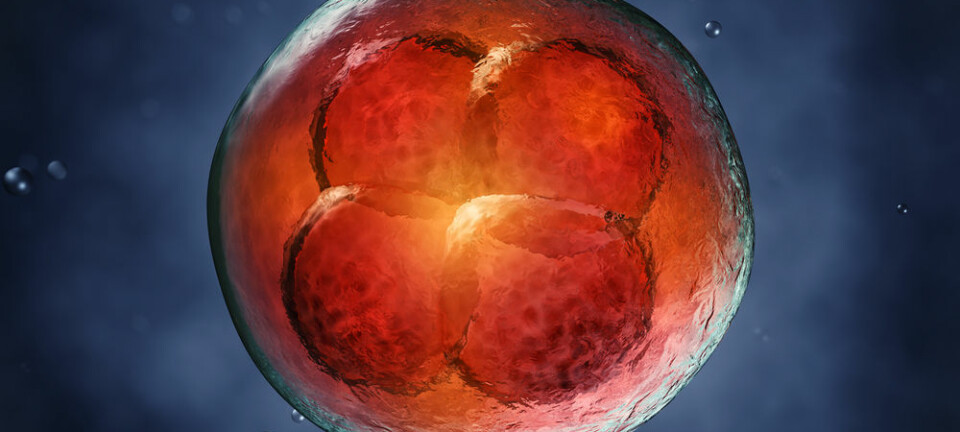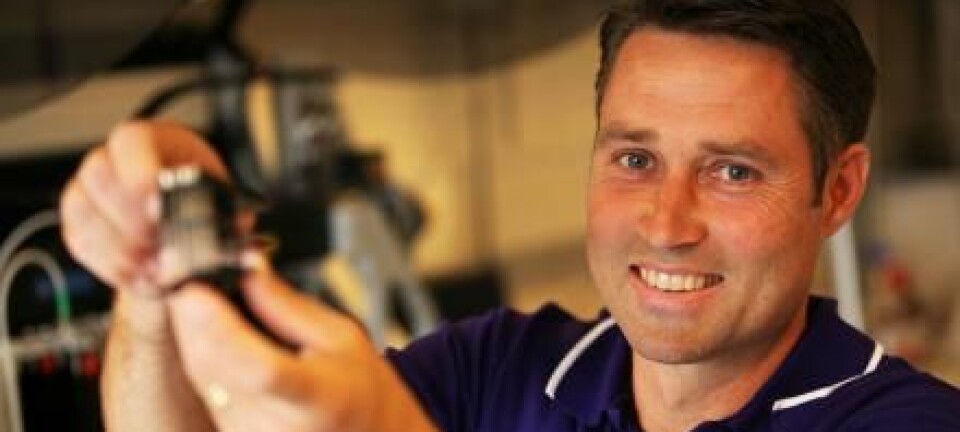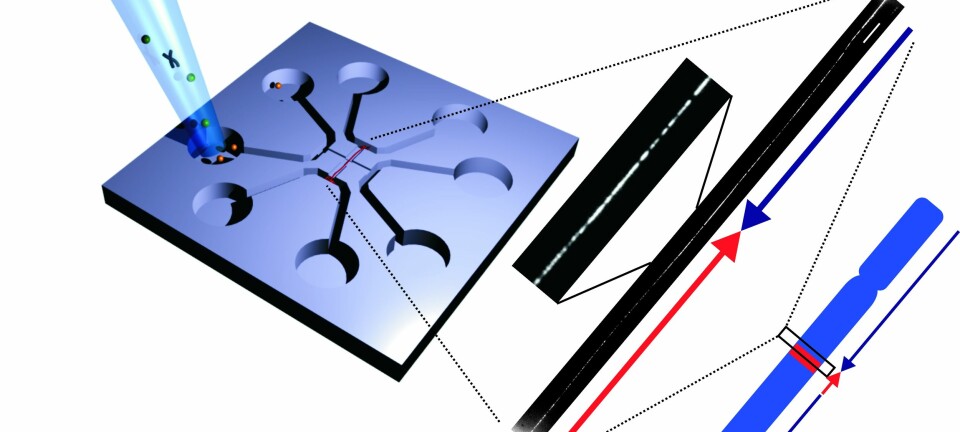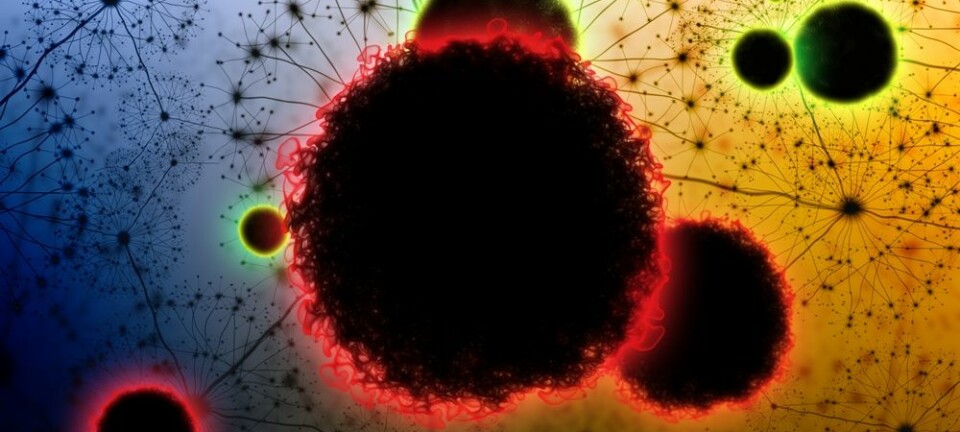Extreme DNA analysis aids cancer treatment
‘Extreme’ high-resolution DNA analysis reveals the risk of cancer relapse - making treatment more effective.
Neuroblastoma is the most common type of cancer that strikes babies and toddlers, and one of the most difficult to cure. It affects the sympathetic nervous system, which branches into a range of areas including the neck, chest, abdomen and pelvis, and tumours can appear in any of these regions.
Cancer cells resistant to treatment
Treatment of neuroblastoma is based on the genetic makeup of the cancer cells, and is specifically tailored to each patient. However, although the chances of long term survival have improved, half of all children with the most aggressive form of neuroblastoma suffer a relapse. Some of the cancer cells that are resistant to the treatment remain undetected by clinical tests, because the cells are so few and far between.
Mutations increasing risk of relapse
“One of our major challenges is to identify young patients with a high risk of relapse, and provide tailored therapy,” says Professor Tommy Martinsson at the Sahlgrenska Academy, University of Gothenburg.
A key part of this challenge is a gene called ALK (anaplastic lymphoma kinase), which decides how quickly the cancer cells divide themselves. Previous findings have shown that mutations in this gene increase the risk of relapse. A new, improved analysis based on extreme high-resolution DNA sequencing has now made it possible to identify the particular mutations that cause relapse.
Analysed 54 tumours
The study, which involved researchers from Sweden and France, analysed 54 tumours for mutations in the ALK gene. The samples were collected in two phases, at the time of the original diagnosis and at relapse.
“All nine ALK-mutated cases at diagnosis demonstrated the same mutation at relapse,” the researchers state in their report. In addition to these nine cases, another five were found in samples from patients who had relapses.
“The frequency of ALK mutations is significantly higher in tumours from patients suffering from relapse. This suggests that ALK mutations are involved in causing tumour growth and relapse,” said Martinsson, who was one of the leaders of the study.
Opening up for effective treatment
Since the high-resolution DNA sequencing can reveal these mutations, it alloed for far more effective use of ALK inhibitors, which are newly developed medicines that target the mutated ALK gene directly.
“Several Swedish children with neuroblastoma have already been given the ALK treatment, so far with promising results,” says Per Kogner, Professor at Karolinska Institutet and project team leader along with Martinsson.
Need to change procedure
“The findings show that we need to change sampling, analysis and treatment of children with neuroblastoma,” Kogner adds.
The researchers concluded in their report that "given the potential of ALK-targeted therapy, the significant spatiotemporal variation of ALK mutations is of utmost importance.”
Professor Kogner argues that it should be standard procedure to take a tumour sample for ALK analysis both at original diagnosis and at relapse, and subject the samples to high-resolution DNA sequencing.
------------
Read the Norwegian version of this article at forskning.no










